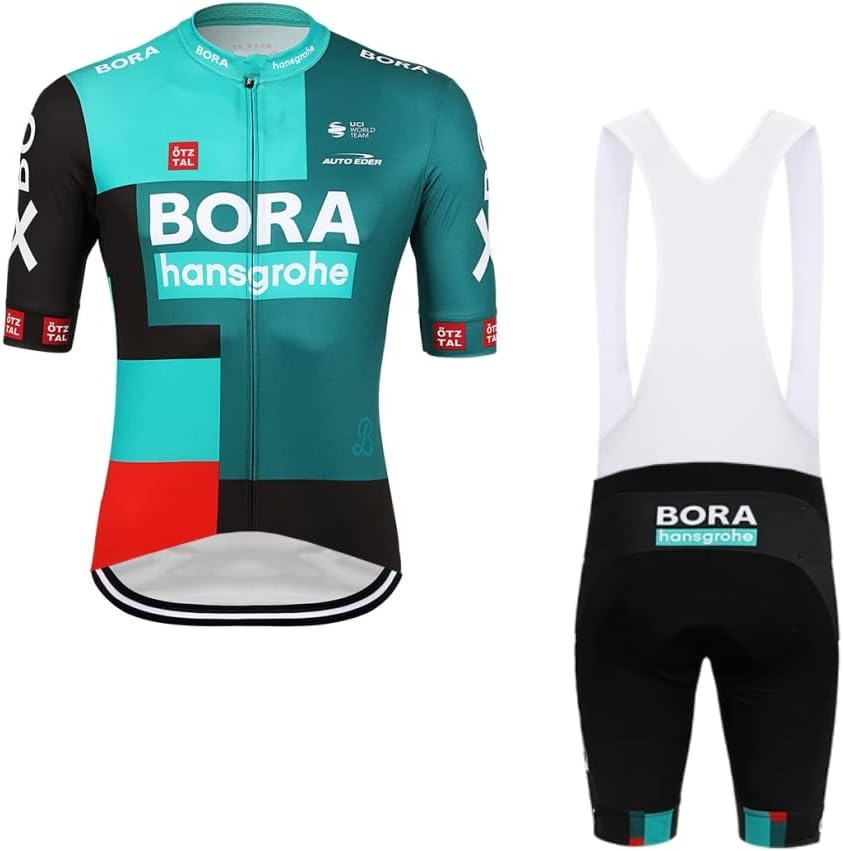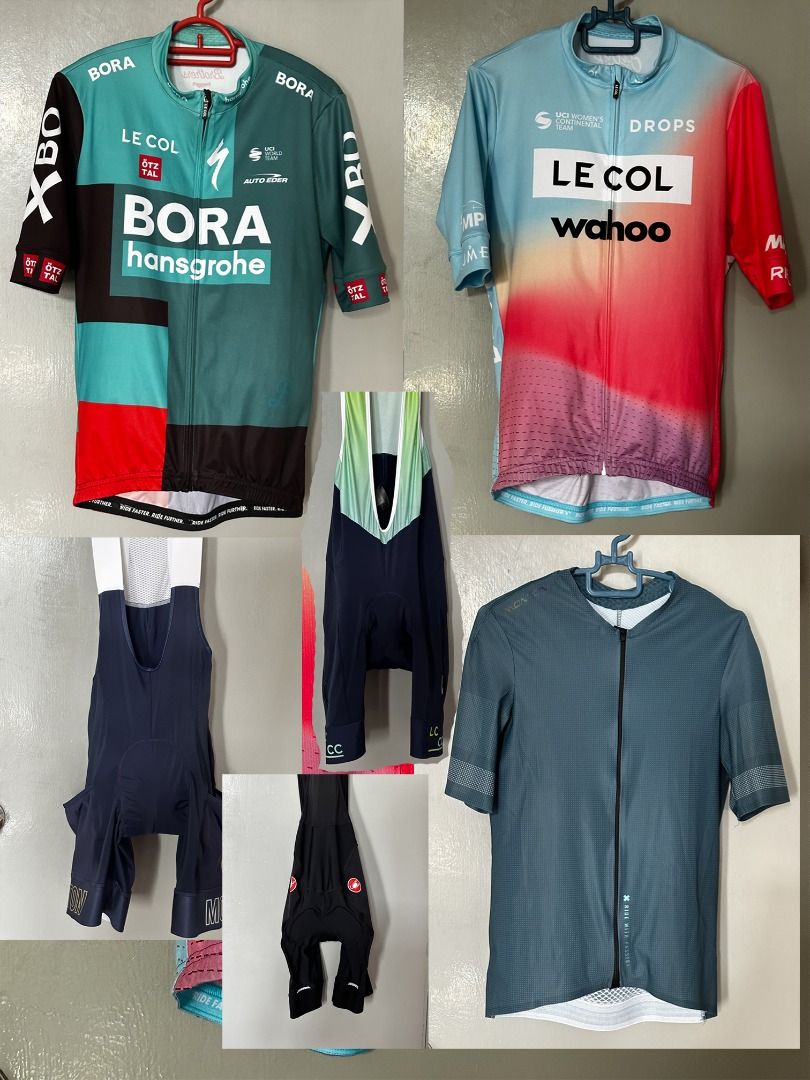When getting ready for a long bike ride, one of the key clothing decisions you’ll make is whether or not to wear a base layer under your cycling jersey sale.
Base layers–also called undershirts–can provide extra comfort, warmth, and sweat management.
However, in some conditions, they may cause overheating. Here’s what you need to know about wearing a base layer with your cycling jersey.
Benefits of Wearing a Base Layer
Wearing a snug-fitting base layer offers several potential benefits:
- Temperature regulation – Base layers made from merino wool or synthetic fabrics like polyester are designed to wick moisture away from your skin. This evaporation helps regulate your body temperature. A base layer helps prevent chills on cool mornings but can also aid ventilation on hot days.
- Moisture management – Closely-fitted base layers keep your jersey drier by absorbing sweat. This helps prevent chafing from a soaked jersey.
- Comfort – The soft, smooth material of most base layers prevents skin irritation and chafing. Flatlock seams eliminate rub points. Many riders find base layers simply feel better next to the skin.
- Compression – Some base layers provide mild compression. This may improve circulation and reduce fatigue in working muscles. Compression layers improve comfort for some cyclists.
- Cold weather insulation – Merino wool or polyester base layers trap heat to keep your core warm in cold conditions. They provide an extra layer of insulation under your jersey.
Considerations for Wearing Base Layers
While base layers offer benefits, they aren’t always the best choice:
- Heat management – In warm weather, an extra layer could lead to overheating. Consider skipping the base layer above 65°F/18°C.
- Bulk – Some cyclists dislike the fit of a tight base layer under a jersey. The extra bulk may feel restrictive.
- Moisture – In humid climates, a base layer may hold in sweat rather than wicking it away. This can increase discomfort.
- Personal preference – Many riders simply do not like how a base layer feels during intense cycling. Chafing and tightness can be issues.
- Cost – Quality base layers can add expense to your cycling wardrobe. They may not be worth the investment if you ride in warmer weather.

Tips for Choosing a Base Layer
If you do opt to wear a base layer, look for:
- Snug fit – A tight fit ensures good moisture transfer and prevents bunching under your jersey.
- Lightweight fabric – Merino wool, polyester, and nylon work better than cotton. Look for lightweight, breathable fabrics.
- Flatlock seams – Seams positioned flat against your skin prevent chafing from raised stitching.
- Moisture-wicking tech – Look for moisture-wicking technology to keep you dry without getting clammy.
- UPF sun protection (optional) – Base layers with built-in UPF blocking help protect your skin from the sun.
The Verdict: Try It Out!
Whether you wear a base layer comes down to personal preference and the weather conditions. We recommend trying a base layer on your next few rides to see if you enjoy the added comfort and moisture management.
Bring it along on cooler morning rides when you may need the extra warmth and ventilation.
You can always stash it in a jersey pocket as the day warm-up. Experiment to find the best solution for your riding style and local climate.
For more information visit our website “Geartrade”.
